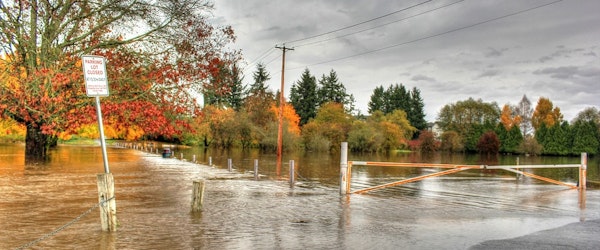
Texas A&M Research Links Climate Change to Increased Hurricane Rainfall in the Southeast
Monday, October 28th, 2024 Catastrophe Property Risk ManagementA new Texas A&M study, led by Dr. John Nielsen-Gammon, Texas State Climatologist, examines the connection between climate change and increased storm rainfall intensity, with a focus on the southeastern U.S. Using statistical models, the study reveals a nearly 20% rise in extreme rainfall for major storms, such as Hurricane Helene, which recently hit the southeastern U.S. The research draws on decades of data and shows that storms with the potential to produce century-high rainfalls are now more likely to occur every 50 years or less, underscoring a disturbing trend toward more frequent and intense flooding events.
Supported by NOAA and the Harris County Flood Control District, the Texas A&M team’s analysis reflects similar findings from a European study, which highlighted climate-related impacts on major storms like Hurricane Harvey. This growing body of research indicates a clear regional shift toward more powerful rain events due to rising global temperatures. In areas like Southeast Texas and the Carolinas, heavy rainfall patterns continue to escalate, though effects vary across different regions based on recent storm activity and unique climate factors.
Nielsen-Gammon explains that while local variability can obscure specific climate impacts, a broader regional perspective shows a clear link between warming temperatures and increased precipitation. This shift calls for heightened awareness and resilience strategies to better prepare for the risks posed by increasingly severe storms.





